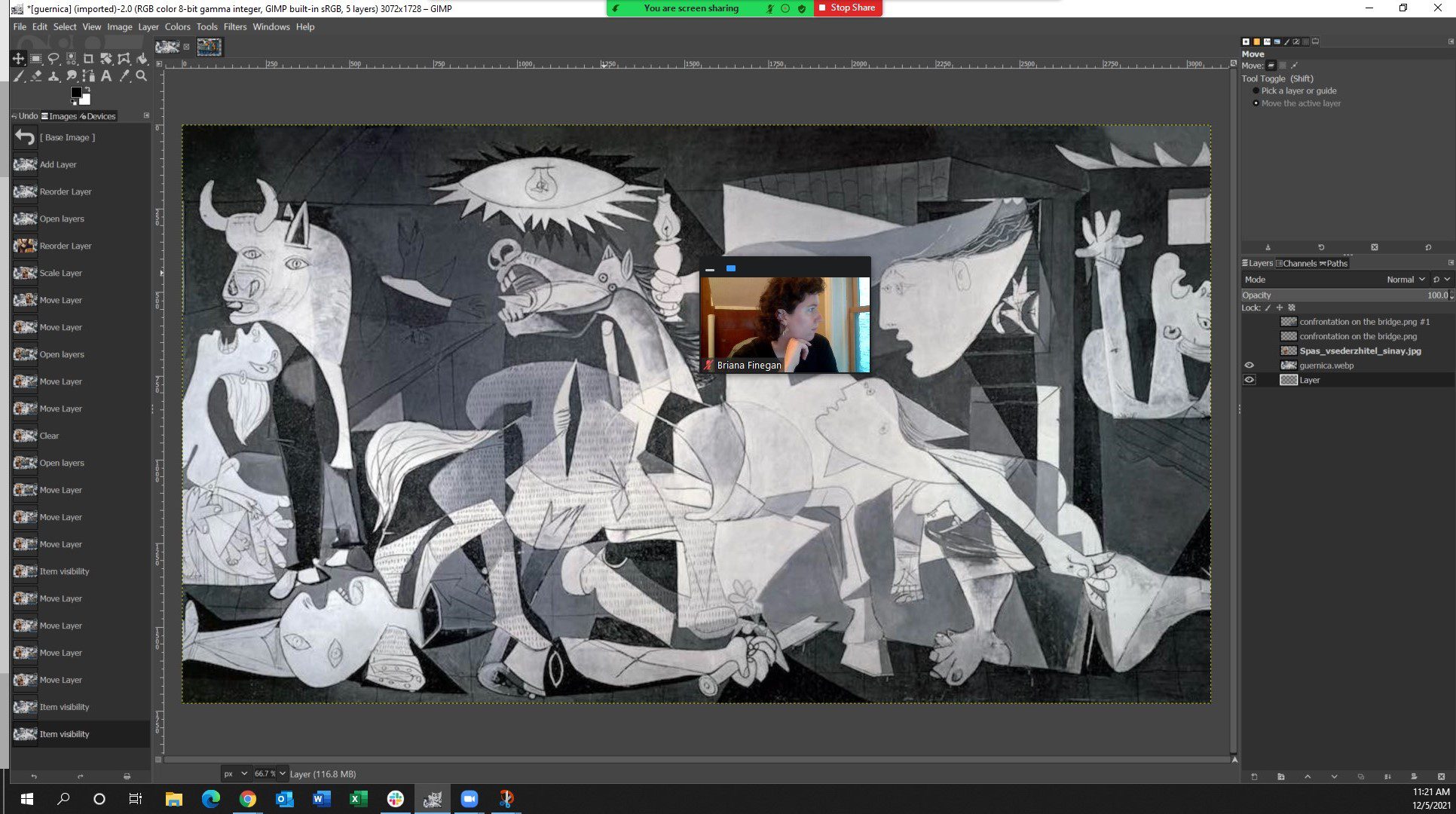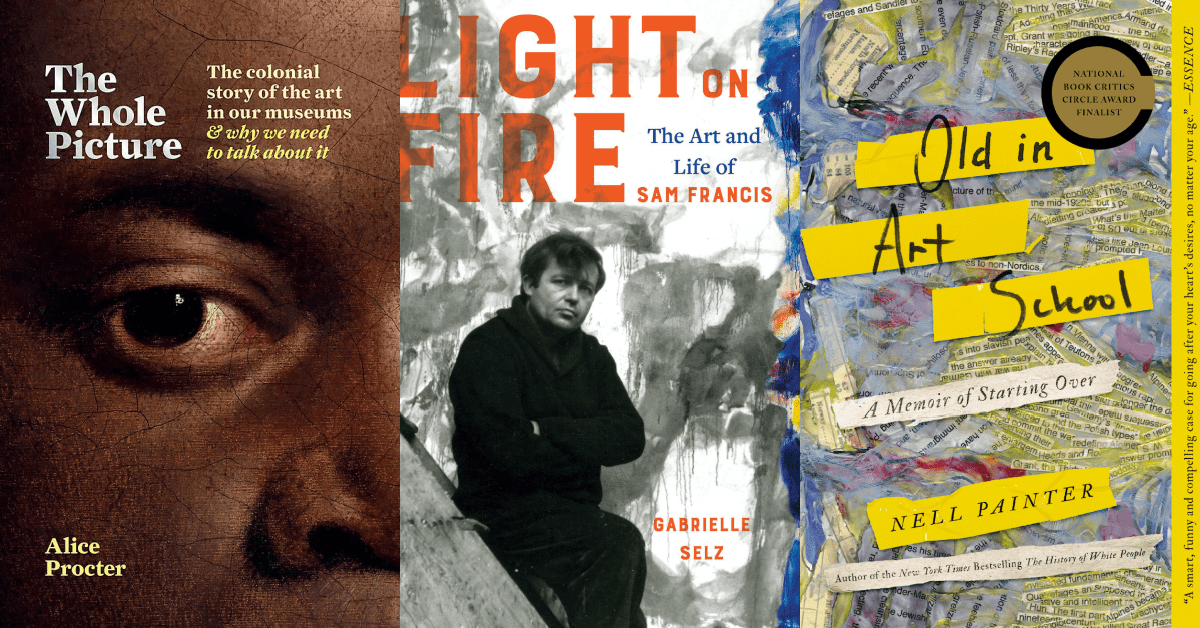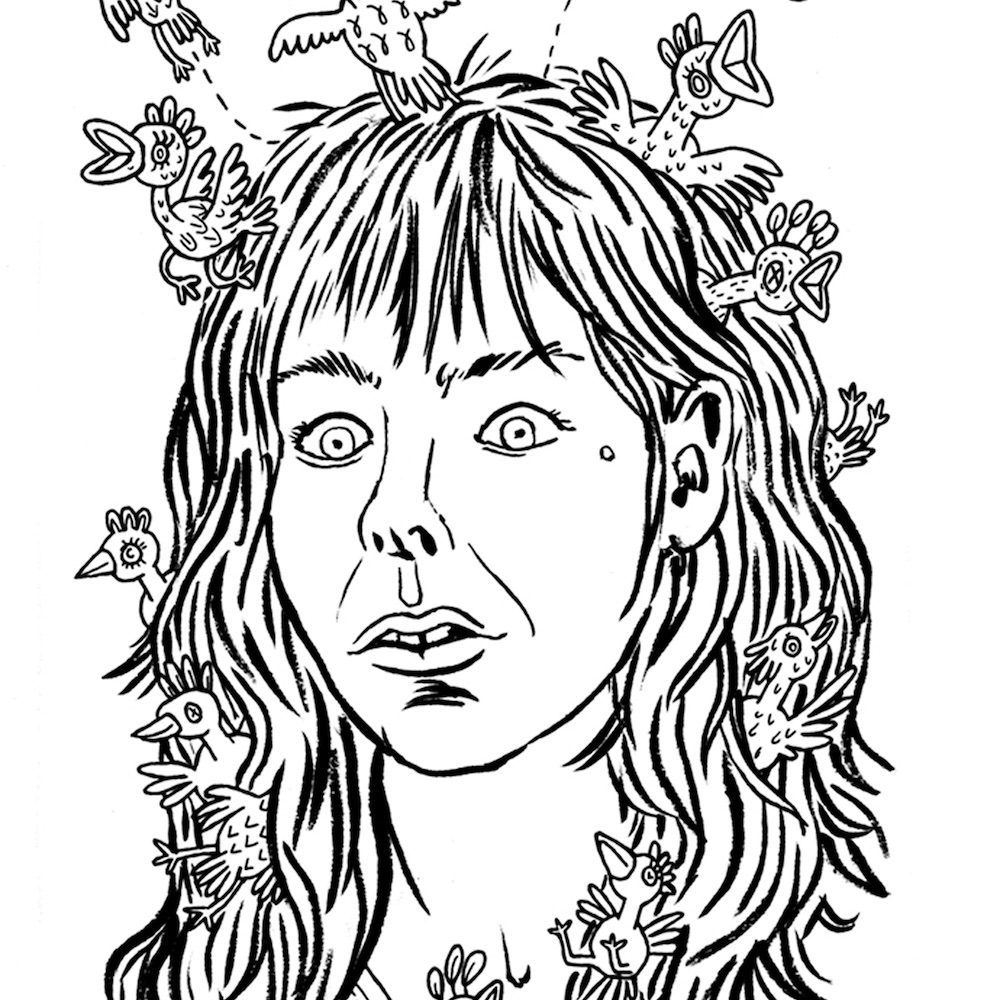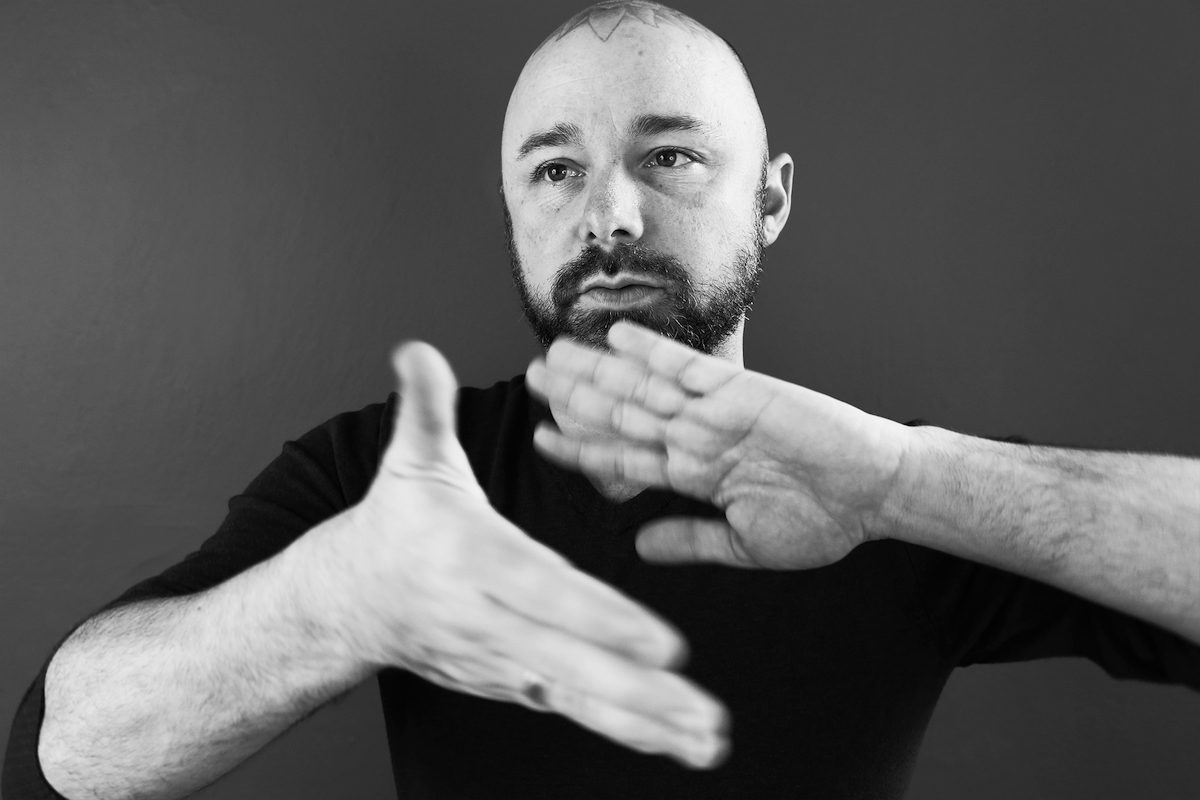
Fifteen works by the Macedonian artist Vangel Naumovski (1924-2006)

Vangel Naumovski, Sunset Garden, 1968

Vangel Naumovski, Prohibited Thoughts, 1973

Vangel Naumovski, Lake Bride, 1973

Vangel Naumovski, Horizontal Galaxy, 1980

Vangel Naumovski, Hovering Vision, 1968

Vangel Naumovski, Playful Girls, 1975

Vangel Naumovski, Green Oasis, 1968

Vangel Naumovski, Cosmic Cathedral, 1968

Vangel Naumovski, Rollicking Whirlwind, 1975

Vangel Naumovski, Pearls of Youth, 1973

Vangel Naumovski, Lacustrine Galaxy, 1977

Vangel Naumovski, Spiral Galaxy, 1981

Vangel Naumovski, Galaxy from the Other Side of the Sun, 1980

Vangel Naumovski, Atlantis, 1977

Vangel Naumovski, Black Cradle of Bright Life, 1963
Vangel Naumovski was born in 1924 in the Macedonian city of Ohrid (then part of Yugoslavia). He was interested in art at a young age, but this lead nowhere as he left school after third grade and worked a series of odd jobs — gardener, farmer, butcher. After a stint in the army, he enrolled in art school in Skopje in 1946, lasting a year. He then worked in a woodcarving shop in Ohrid for thirteen years. During this time he was painting, initially in a folk myth style which lead to him being considered a Naive artist.
In the early 60s his painting morphed into the gooey surrealism seen here. He first exhibited in Yugoslavia in the 50s, and later had one-man shows in Rome, London, Paris, and Toronto. At some point he started a gallery in his home in Ohrid (still open?). He died in 2006.
These works come from Naumovski, a big 1984 overview by the unabashedly-condescending Oto Bihalji-Merin. It’s difficult to glean concrete information about the artist and his influences from the book. Kandinsky, Klee, Ernst, and Bosch are all invoked by the author, but with the disclaimer, “it’s hard to say if Naumovski knew this work.” Why not ask him during your extensive interviews?
Anyway, here is Bihalji-Merin:
By the end of the sixties, Vangel had reached maturity in his artistic development… Overwhelmed by his own visions, Vangel could hardly see what was happening in contemporary art… His mystic, lyrical overtones and his penchant for Art Nouveau, link him with turn-of-the-century Symbolism, reshaped by integral optimism. Vangel’s symbols are weightlessly playful: circular, floating ellipses, signifying harmony and the acceptance of life.
[…] Though living in the nuclear age, Vangel devises a paradisiacal landscape of light and hope. Ivy green and strawberry red, mushroom-like plant organisms, looking rather like a cross between fish and flower, sprout luxuriantly from the depths. We seem to have dived into a different dimension of life, into an underwater world. [In the mid-to-late 60s he worked for the Ohrid Marine Biology Institute, drawing the lake’s microscopic flora and fauna.]
I would love to see his art from 1984 to 2006. (Did he keep pushing the galactic themes of the 80s work?) It appears I’ll need to book a flight to Ohrid.
Previously
Mokkelbost’s Entity
Visiting Another Green World
Wandering from Organ to Organ with Hermann Finsterlin
Posts on Charles Seliger
Click for larger views!




